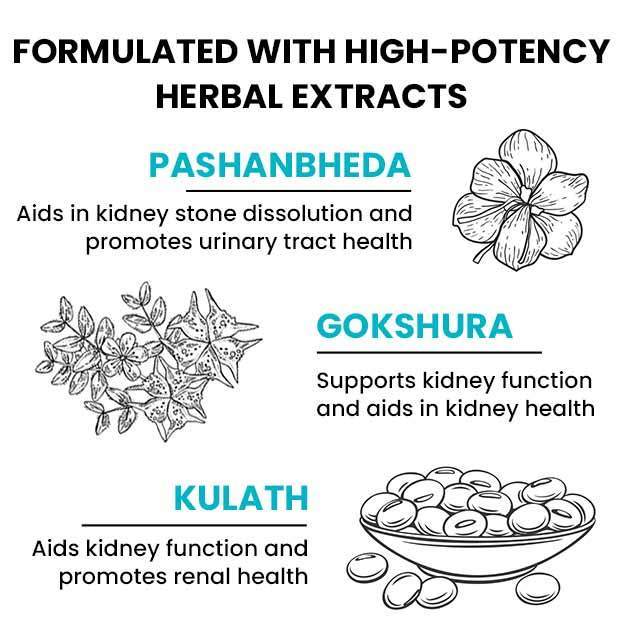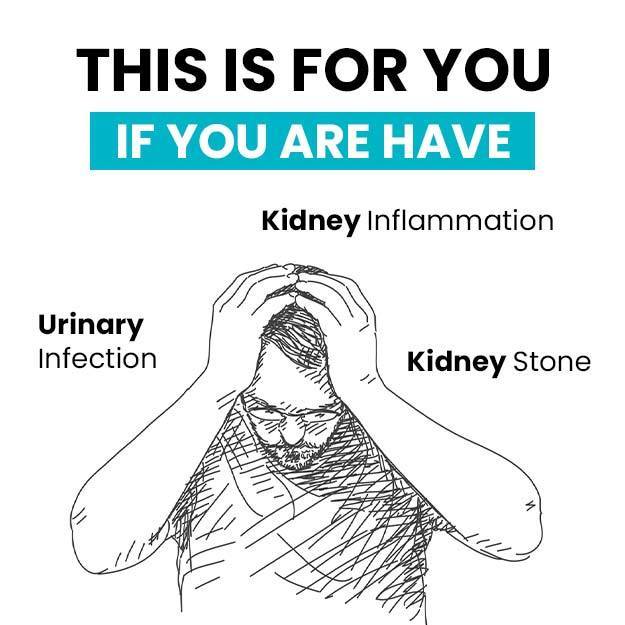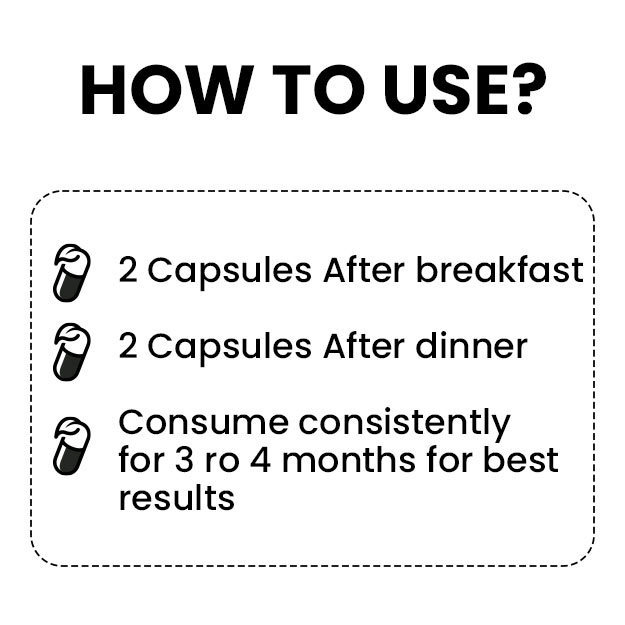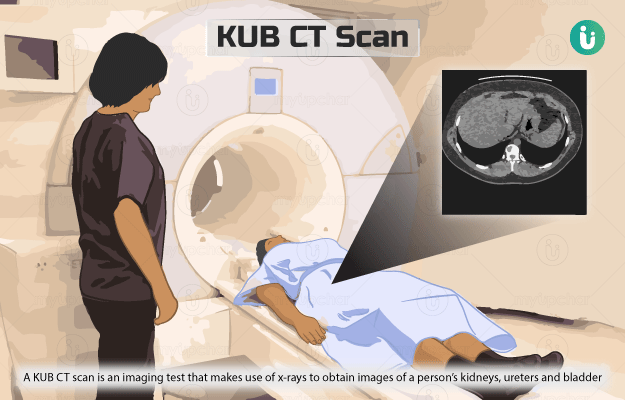What is Kidney Stone Analysis?
A kidney stone, also known as a nephrolith or a renal calculus, is a hard, rock-like substance which can form in one or both of your kidneys if you have high levels of certain minerals in your urine. Depending on the chemical makeup, kidney stones are of four types:
- Calcium stones: These are the most common type of kidney stones and include calcium oxalate and calcium phosphate stones. They form when extra calcium that is not used by your bones and muscles remains in your kidneys and instead of being flushed out.
- Cystine stones: These stones result from cystinuria, a hereditary condition which causes the amino acid cystine to leak into the urine.
- Uric acid stones: These stones form when your urine has a high level of uric acid. People who consume a lot of fish, shellfish and meat are at a high risk of developing uric acid stones.
- Struvite stones: These stones form after a UTI. They usually form suddenly and grow quickly.
Regardless of the type, kidney stones tend to recur, so if you got a stone once, it is important to know what the stone was made of so any future occurrence may be prevented.
A kidney stone analysis is done to evaluate the chemicals present in a stone after it has been passed in urine (for smaller stones) or has been removed by surgery (for larger stones).
Kidney stones are more often seen in men than in women. The following factors increase the risk of developing kidney stones:
- History of kidney stones
- Long-lasting inflammatory bowel disease
- Blockage in the urinary tract
- Inadequate water intake
- Obesity
- Repeated urinary tract infection (UTI)
- Kidney disorders like cystic kidney diseases and renal tubular acidosis
- Gout (painful swelling of the joints)
- Hypercalciuria (high urinary level of calcium)






















